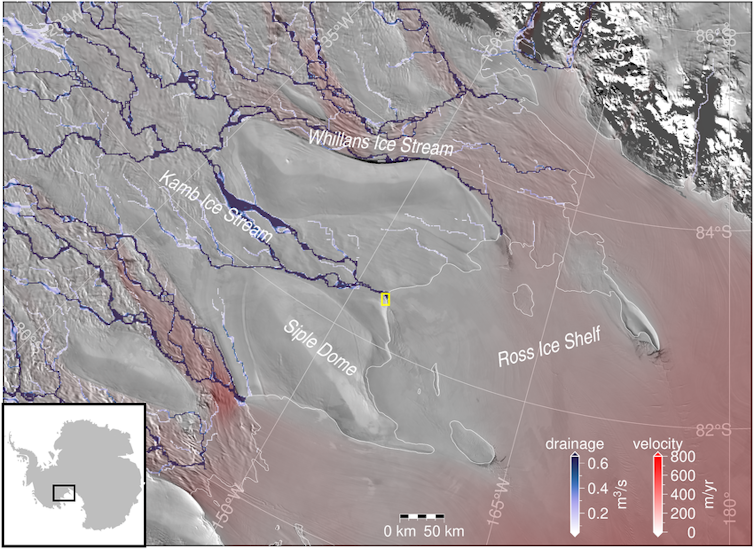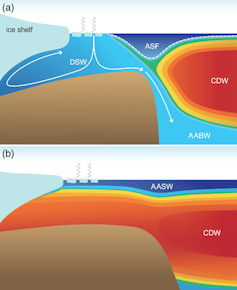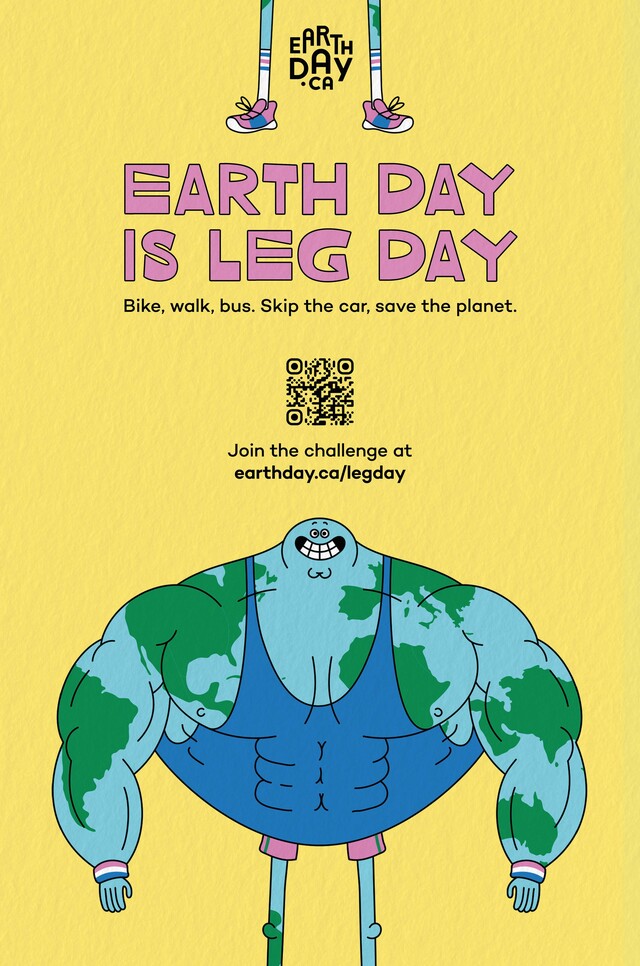Science
America has sent five rovers to Mars—when will humans follow? – Phys.org

With its impeccable landing on Thursday, NASA’s Perseverance became the fifth rover to reach Mars—so when can we finally expect the long-held goal of a crewed expedition to materialize?
NASA’s current Artemis program is billed as a “Moon to Mars” mission, and acting administrator Steve Jurczyk has reiterated his aspiration of “the mid-to-end of the 2030s” for American boots on the Red Planet.
But while the trip is technologically almost within grasp, experts say it’s probably still decades out because of funding uncertainties.
Mars is hard
Wernher von Braun, the architect of the Apollo program, started work on a Mars mission right after the Moon landing in 1969, but the plan, like many after it, never got off the drawing board.
What makes it so hard? For a start, the sheer distance.
Astronauts bound for Mars will have to travel about 140 million miles (225 million kilometers), depending on where the two planets are relative to each other.
That means a trip that’s many months long, where astronauts will face two major health risks: radiation and microgravity.
The former raises the lifetime chances of developing cancer while the latter decreases bone density and muscle mass.
If things go wrong, any problems will have to be solved on the planet itself.
‘It’s the details’
That said, scientists have learned plenty of lessons from astronauts’ missions to the Moon and to space stations.
“We have demonstrated on Earth orbiting spacecraft the ability for astronauts to survive for a year and a half,” said Jonathan McDowell, an astronomer for the Harvard–Smithsonian Center for Astrophysics.


The general ideas of how to execute a Mars mission are in place, but “it’s the details” that are lacking, he added.
One way to reduce the radiation exposure on the journey is getting there faster, said Laura Forczyk, the founder of space consulting firm Astralytical and a planetary scientist.
This could involve using nuclear thermal propulsion which produces far more thrust than the energy produced by traditional chemical rockets.
Another could be building a spacecraft with water containers strapped to it that absorb space radiation, said McDowell.
Once there, we’ll need to find ways to breathe in the 95-percent carbon dioxide atmosphere. Perseverance has an instrument on board to convert carbon dioxide to oxygen, as a technical demonstration.
Other solutions involve breaking down the ice at the planet’s poles into oxygen and hydrogen, which will also fuel rockets.
Radiation will also be challenging on the planet, because of its ultra thin atmosphere and lack of a protective magnetosphere, so shelters will need to be well shielded, or even underground.
Risk tolerance
The feasibility also comes down to how much risk we are willing to tolerate, said G. Scott Hubbard, NASA’s first Mars program director who’s now at Stanford.
During the Shuttle era, said Hubbard, “the demand was that the astronauts face no more than three percent increased risk in death.”
“They have now raised that—deep space missions are somewhere between 10 and 30 percent, depending on the mission, so NASA’s taking a more aggressive or open posture,” he added.
That could involve raising the permissible level of total radiation astronauts can be exposed to over their lifetimes, which NASA is also considering, said Forczyk.


Political will
The experts agreed the biggest hurdle is getting buy-in from the US president and Congress.
“If humanity as a species, specifically the American taxpayer, decides to put large amounts of money into it, we could be there by the 2030s,” said McDowell.
He doesn’t think that’s on the cards, but said he would be surprised if it happened later than the 2040s, a conclusion shared by Forczyk.
President Joe Biden hasn’t yet outlined his Mars vision, though his spokeswoman Jen Pskai said this month the Artemis program had the administration’s “support.”
Still, the agency is facing budget constraints and is not expected to meet its goal of returning astronauts to the Moon by 2024, which would also push back Mars.
SpaceX wildcard
Could NASA be beaten to it by SpaceX, the company founded by billionaire Elon Musk, who is targeting a first human mission in 2026?
Musk has been developing the next-generation Starship rocket for the purpose—though two prototypes blew up in spectacular fashion on their recent test runs.
These might look bad, but the risks SpaceX is able to take, and NASA as a government agency can’t, gives it valuable data, argued Hubbard.
That could eventually give SpaceX an edge over NASA’s chosen rocket, the troubled Space Launch System (SLS) which is beset by delays and cost overrun.
But not even one of the richest people in the world can foot the entire bill for Mars themselves.
Hubbard sees a public-private partnership as more likely, with SpaceX providing the transport and NASA solving the many other problems.
Explore further
© 2021 AFP
Citation:
America has sent five rovers to Mars—when will humans follow? (2021, February 20)
retrieved 20 February 2021
from https://phys.org/news/2021-02-america-rovers-marswhen-humans.html
This document is subject to copyright. Apart from any fair dealing for the purpose of private study or research, no
part may be reproduced without the written permission. The content is provided for information purposes only.
Science
West Antarctica's ice sheet was smaller thousands of years ago – here's why this matters today – The Conversation


As the climate warms and Antarctica’s glaciers and ice sheets melt, the resulting rise in sea level has the potential to displace hundreds of millions of people around the world by the end of this century.
A key uncertainty in how much and how fast the seas will rise lies in whether currently “stable” parts of the West Antarctic Ice Sheet can become “unstable”.
One such region is West Antarctica’s Siple Coast, where rivers of ice flow off the continent and drain into the ocean.
Journal of Geophysical Research, CC BY-SA
This ice flow is slowed down by the Ross Ice Shelf, a floating mass of ice nearly the size of Spain, which holds back the land-based ice. Compared to other ice shelves in West Antarctica, the Ross Ice Shelf has little melting at its base because the ocean below it is very cold.
Although this region has been stable during the past few decades, recent research suggest this was not always the case. Radiocarbon dating of sediments from beneath the ice sheet tells us that it retreated hundreds of kilometres some 7,000 years ago, and then advanced again to its present position within the last 2,000 years.
Figuring out why this happened can help us better predict how the ice sheet will change in the future. In our new research, we test two main hypotheses.
Read more:
What an ocean hidden under Antarctic ice reveals about our planet’s future climate
Testing scenarios
Scientists have considered two possible explanations for this past ice sheet retreat and advance. The first is related to Earth’s crust below the ice sheet.
As an ice sheet shrinks, the change in ice mass causes the Earth’s crust to slowly uplift in response. At the same time, and counterintuitively, the sea level drops near the ice because of a weakening of the gravitational attraction between the ice sheet and the ocean water.
As the ice sheet thinned and retreated since the last ice age, crustal uplift and the fall in sea level in the region may have re-grounded floating ice, causing ice sheet advance.

AGU, CC BY-SA
The other hypothesis is that the ice sheet behaviour may be due to changes in the ocean. When the surface of the ocean freezes, forming sea ice, it expels salt into the water layers below. This cold briny water is heavier and mixes deep into the ocean, including under the Ross Ice Shelf. This blocks warm ocean currents from melting the ice.

AGU, CC BY-SA
Seafloor sediments and ice cores tell us that this deep mixing was weaker in the past when the ice sheet was retreating. This means that warm ocean currents may have flowed underneath the ice shelf and melted the ice. Mixing increased when the ice sheet was advancing.
We test these two ideas with computer model simulations of ice sheet flow and Earth’s crustal and sea surface responses to changes in the ice sheet with varying ocean temperature.
Because the rate of crustal uplift depends on the viscosity (stickiness) of the underlying mantle, we ran simulations within ranges estimated for West Antarctica. A stickier mantle means slower crustal uplift as the ice sheet thins.
The simulations that best matched geological records had a stickier mantle and a warmer ocean as the ice sheet retreated. In these simulations, the ice sheet retreats more quickly as the ocean warms.
When the ocean cools, the simulated ice sheet readvances to its present-day position. This means that changes in ocean temperature best explain the past ice sheet behaviour, but the rate of crustal uplift also affects how sensitive the ice sheet is to the ocean.

Veronika Meduna, CC BY-SA
What this means for climate policy today
Much attention has been paid to recent studies that show glacial melting may be irreversible in some parts of West Antarctica, such as the Amundsen Sea embayment.
In the context of such studies, policy debates hinge on whether we should focus on adapting to rising seas rather than cutting greenhouse gas emissions. If the ice sheet is already melting, are we too late for mitigation?
Our study suggests it is premature to give up on mitigation.
Global climate models run under high-emissions scenarios show less sea ice formation and deep ocean mixing. This could lead to the same cold-to-warm ocean switch that caused extensive ice sheet retreat thousands of years ago.
For West Antarctica’s Siple Coast, it is better if we prevent this ocean warming from occurring in the first place, which is still possible if we choose a low-emissions future.
Science
NASA's Voyager 1 resumes sending engineering updates to Earth – Phys.org


For the first time since November, NASA’s Voyager 1 spacecraft is returning usable data about the health and status of its onboard engineering systems. The next step is to enable the spacecraft to begin returning science data again. The probe and its twin, Voyager 2, are the only spacecraft to ever fly in interstellar space (the space between stars).
Voyager 1 stopped sending readable science and engineering data back to Earth on Nov. 14, 2023, even though mission controllers could tell the spacecraft was still receiving their commands and otherwise operating normally. In March, the Voyager engineering team at NASA’s Jet Propulsion Laboratory in Southern California confirmed that the issue was tied to one of the spacecraft’s three onboard computers, called the flight data subsystem (FDS). The FDS is responsible for packaging the science and engineering data before it’s sent to Earth.
The team discovered that a single chip responsible for storing a portion of the FDS memory—including some of the FDS computer’s software code—isn’t working. The loss of that code rendered the science and engineering data unusable. Unable to repair the chip, the team decided to place the affected code elsewhere in the FDS memory. But no single location is large enough to hold the section of code in its entirety.
So they devised a plan to divide affected the code into sections and store those sections in different places in the FDS. To make this plan work, they also needed to adjust those code sections to ensure, for example, that they all still function as a whole. Any references to the location of that code in other parts of the FDS memory needed to be updated as well.


The team started by singling out the code responsible for packaging the spacecraft’s engineering data. They sent it to its new location in the FDS memory on April 18. A radio signal takes about 22.5 hours to reach Voyager 1, which is over 15 billion miles (24 billion kilometers) from Earth, and another 22.5 hours for a signal to come back to Earth. When the mission flight team heard back from the spacecraft on April 20, they saw that the modification had worked: For the first time in five months, they have been able to check the health and status of the spacecraft.
During the coming weeks, the team will relocate and adjust the other affected portions of the FDS software. These include the portions that will start returning science data.
Voyager 2 continues to operate normally. Launched over 46 years ago, the twin Voyager spacecraft are the longest-running and most distant spacecraft in history. Before the start of their interstellar exploration, both probes flew by Saturn and Jupiter, and Voyager 2 flew by Uranus and Neptune.
Provided by
NASA
Citation:
NASA’s Voyager 1 resumes sending engineering updates to Earth (2024, April 22)
retrieved 22 April 2024
from https://phys.org/news/2024-04-nasa-voyager-resumes-earth.html
This document is subject to copyright. Apart from any fair dealing for the purpose of private study or research, no
part may be reproduced without the written permission. The content is provided for information purposes only.
Science
Osoyoos commuters invited to celebrate Earth Day with the Leg Day challenge – Oliver/Osoyoos News – Castanet.net


Osoyoos commuters can celebrate Earth Day as the Town joins in on a national commuter challenge known as “Leg Day,” entering a chance to win sustainable transportation prizes.
The challenge, from Earth Day Canada, is to record 10 sustainable commutes taken without a car.
“Cars are one of the biggest contributors to gas emissions in Canada,” reads an Earth Day Canada statement. “That’s why, Earth Day Canada is launching the national Earth Day is Leg Day Challenge.”
So far, over 42.000 people have participated in the Leg Day challenge.
Participants could win an iGo electric bike, public transportation for a year, or a gym membership.
The Town of Osoyoos put out a message Monday promoting joining the national program.
For more information on the Leg Day challenge click here.
-
Business15 hours ago
Honda to build electric vehicles and battery plant in Ontario, sources say – Global News
-



 Science16 hours ago
Science16 hours agoWill We Know if TRAPPIST-1e has Life? – Universe Today
-
Investment19 hours ago
Down 80%, Is Carnival Stock a Once-in-a-Generation Investment Opportunity?
-



 Health15 hours ago
Health15 hours agoSimcoe-Muskoka health unit urges residents to get immunized
-



 Health12 hours ago
Health12 hours agoSee how chicken farmers are trying to stop the spread of bird flu – Fox 46 Charlotte
-
News20 hours ago
Honda expected to announce multi-billion dollar deal to assemble EVs in Ontario
-



 Investment14 hours ago
Investment14 hours agoOwn a cottage or investment property? Here's how to navigate the new capital gains tax changes – The Globe and Mail
-



 Science21 hours ago
Science21 hours agoWatch The World’s First Flying Canoe Take Off






